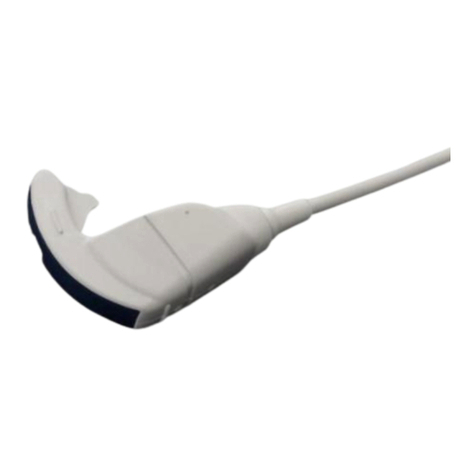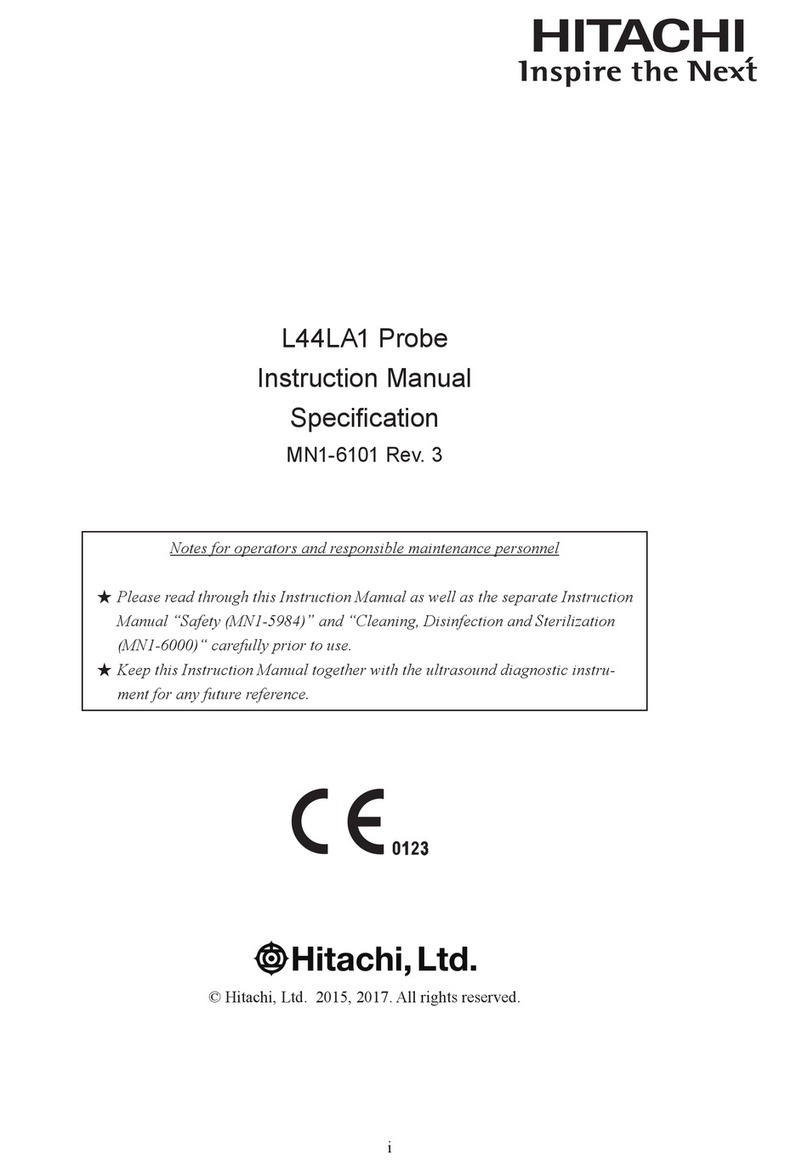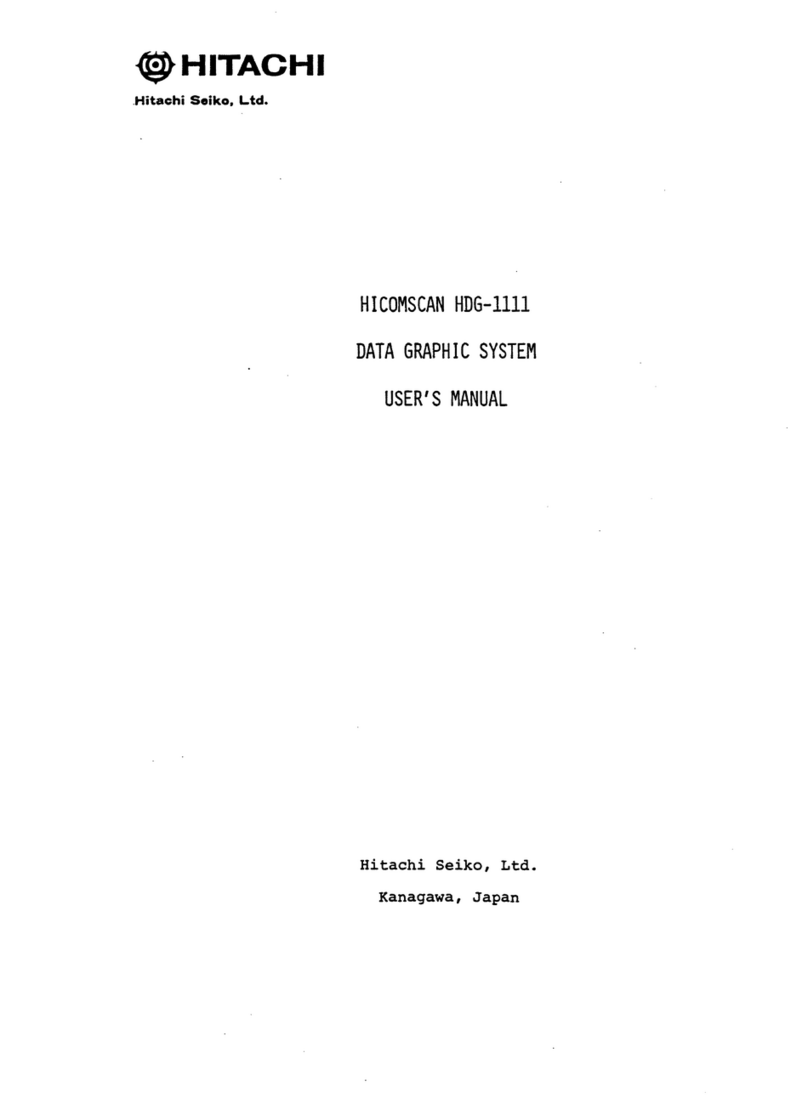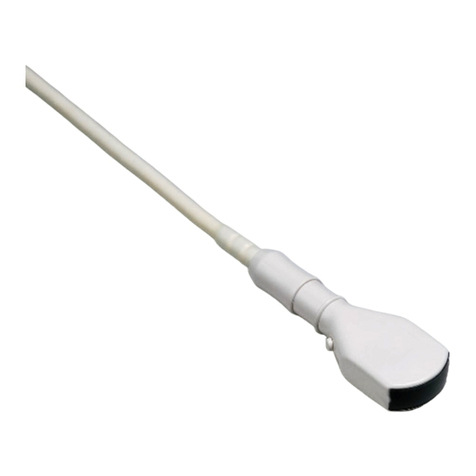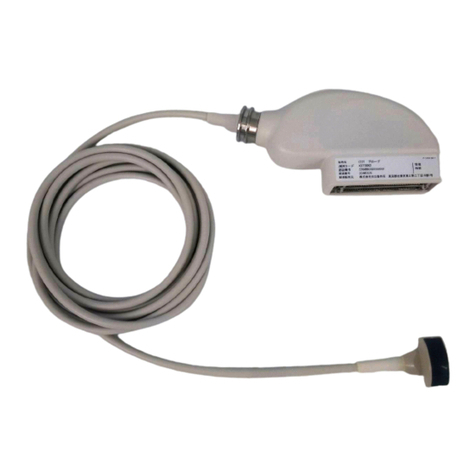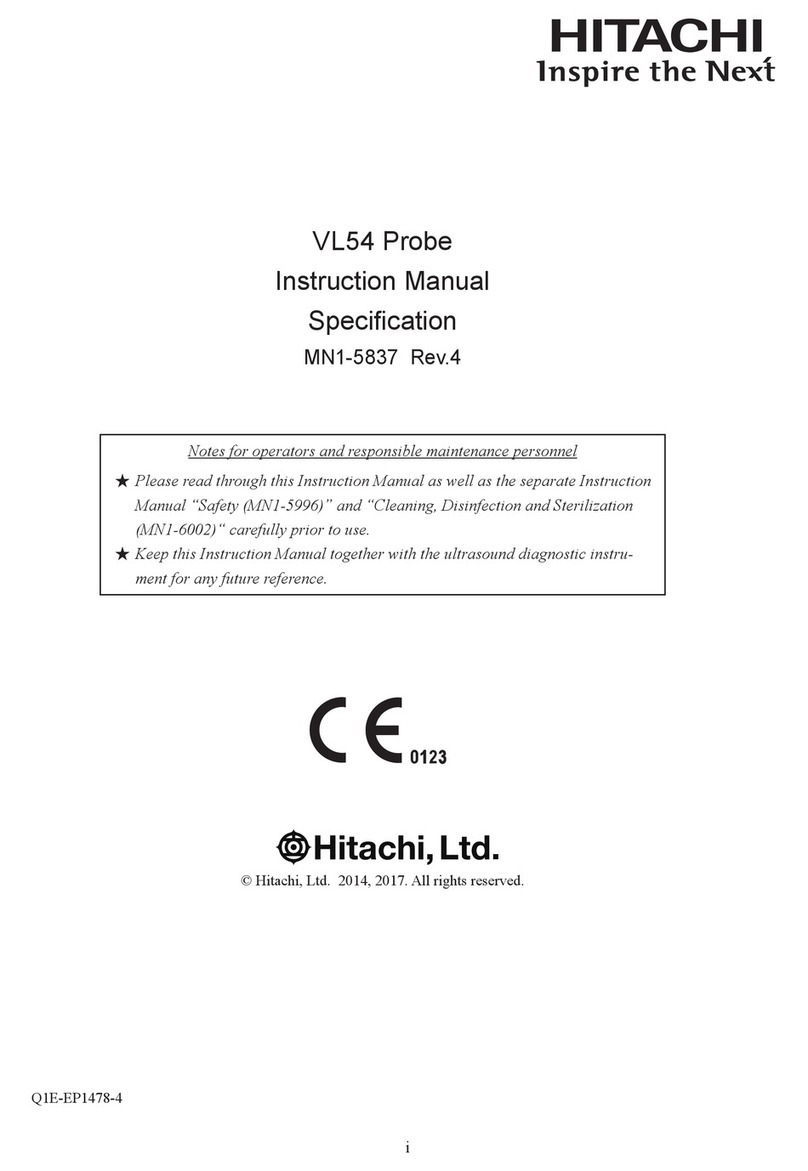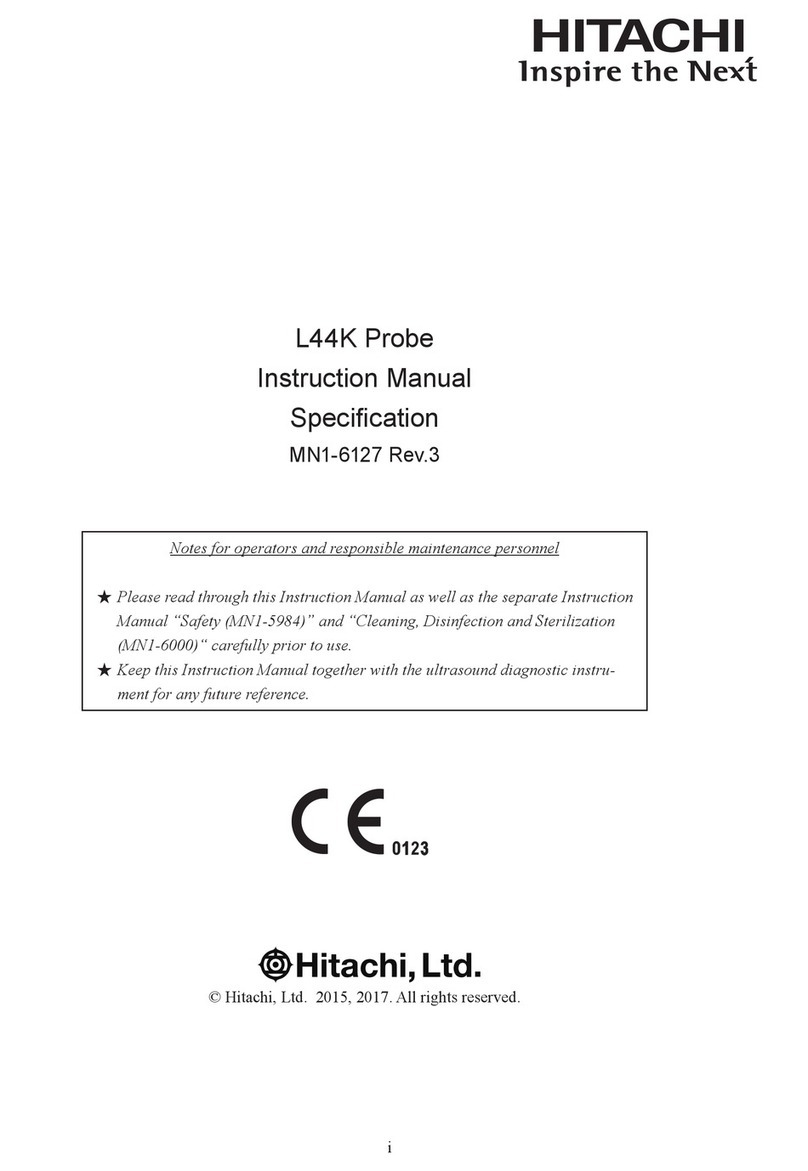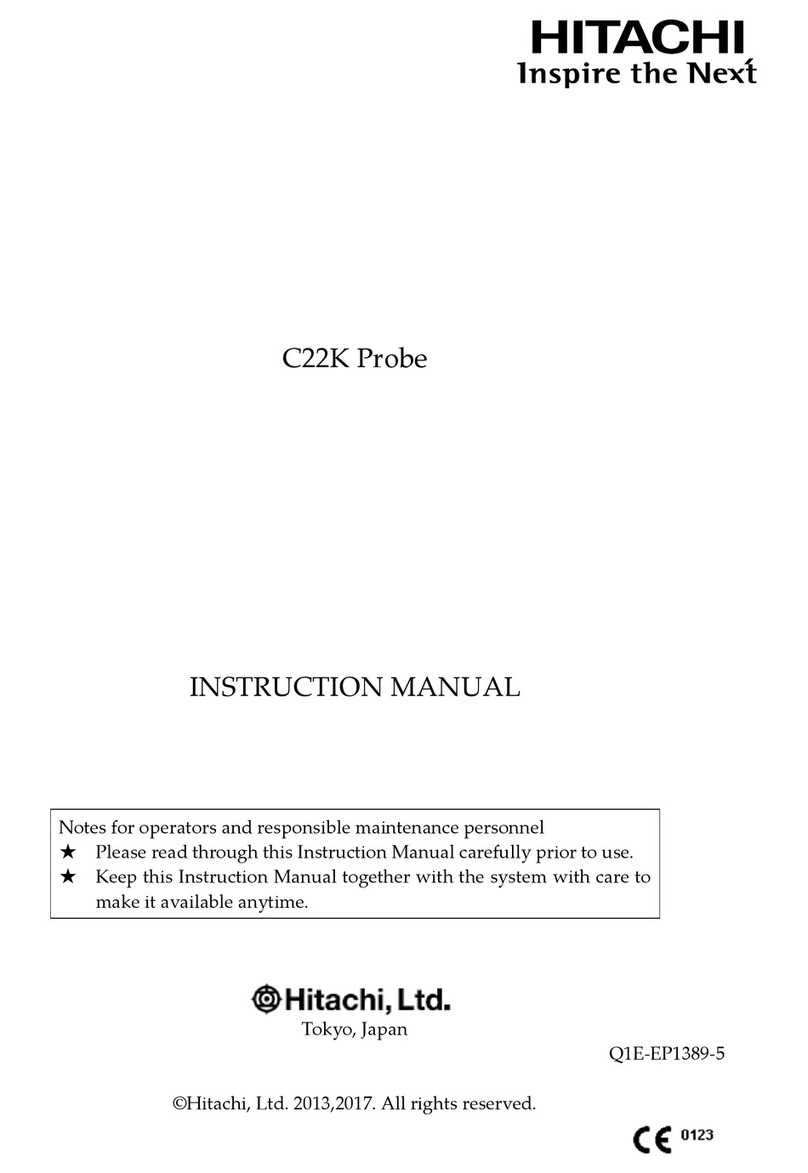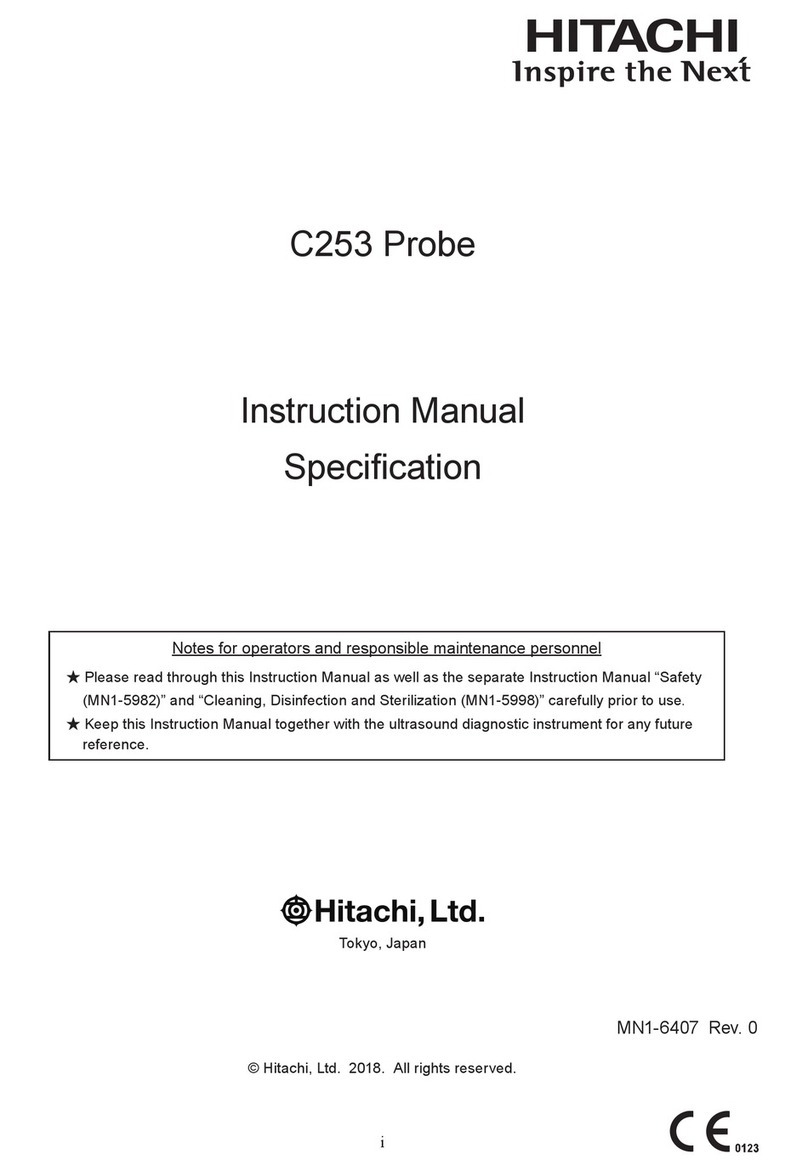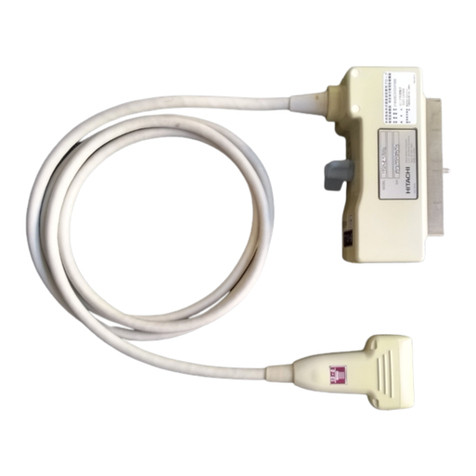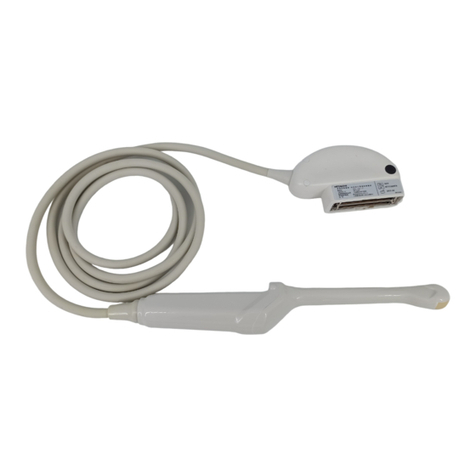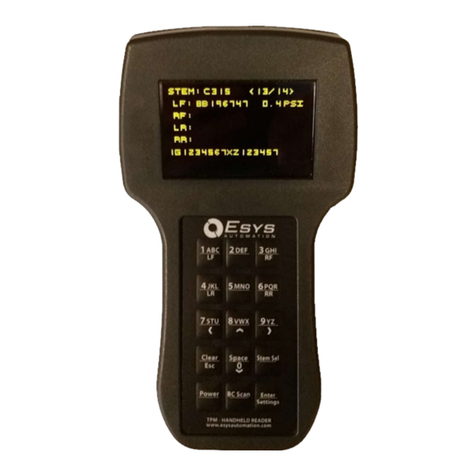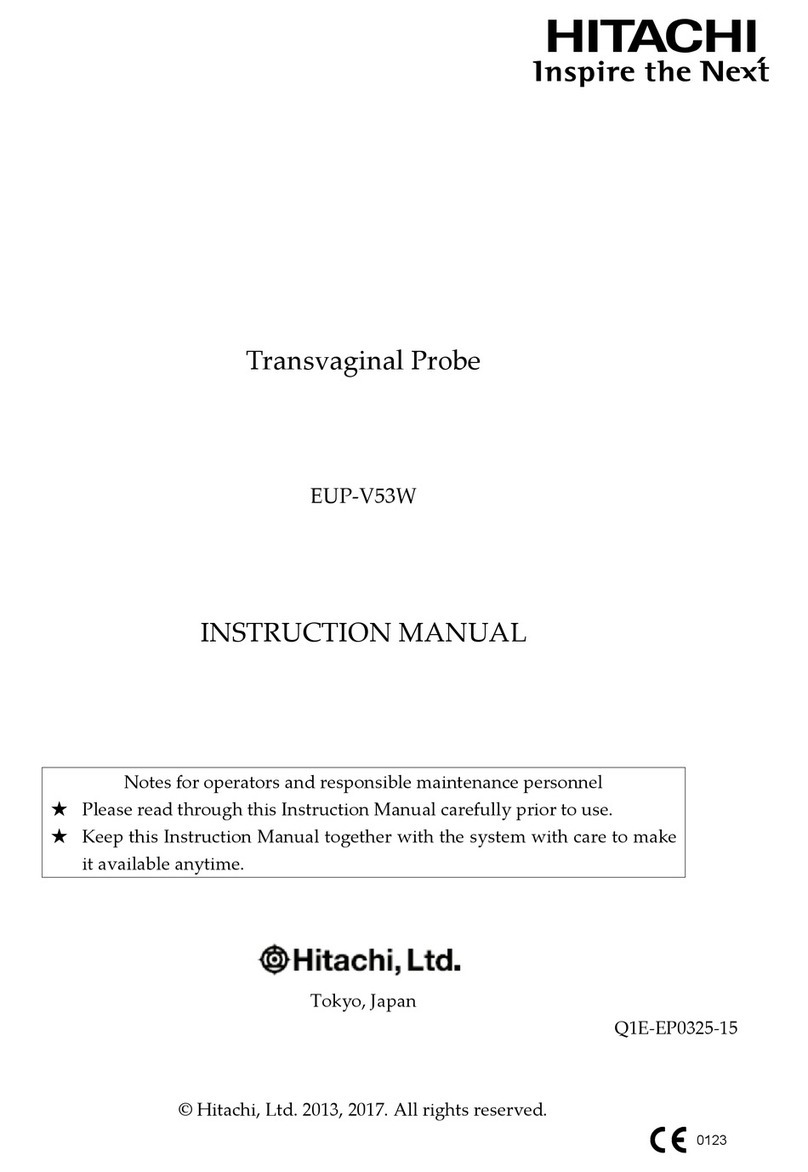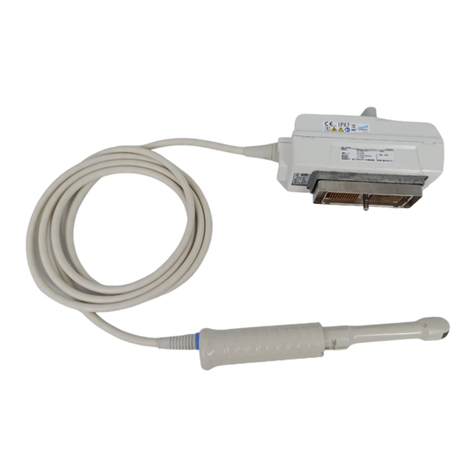
iv
MN1-6268 Rev.2
This instruction manual contains 4 pages of front matter and 12 pages of the main content.
CONTENTS
1. General Information...................................................................................................................................1
1-1. Intended use...................................................................................................................................................................1
1-2. Classication of ME equipment....................................................................................................................................1
1-3. Standard components ....................................................................................................................................................1
1-4. Options ..........................................................................................................................................................................2
2. Specications and Parts name....................................................................................................................3
2-1. Specications.................................................................................................................................................................3
2-2. Name of each parts........................................................................................................................................................4
2-3. Forceps...........................................................................................................................................................................5
3. Preparations before use .............................................................................................................................7
3-1. Visual check ..................................................................................................................................................................7
3-2. Conrmation of cleaning and sterilization...................................................................................................................7
3-3. Operation check.............................................................................................................................................................7
3-4. Probe insertion check. ..................................................................................................................................................7
4. Operation....................................................................................................................................................9
4-1. Insertion of the probe ....................................................................................................................................................9
4-2. Operation.......................................................................................................................................................................9
4-3. Pulling out the probe ...................................................................................................................................................10
